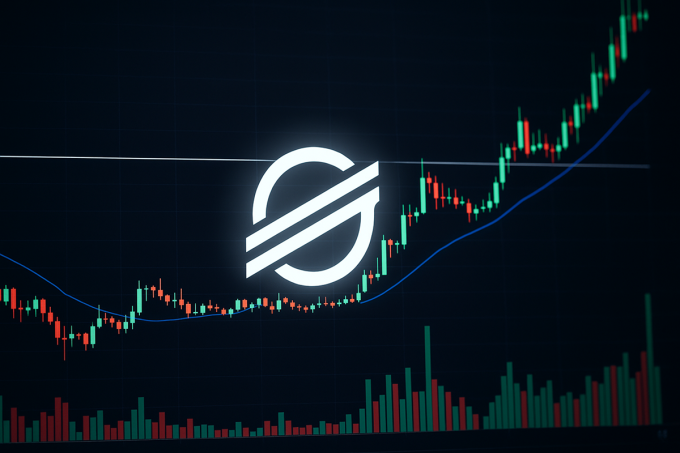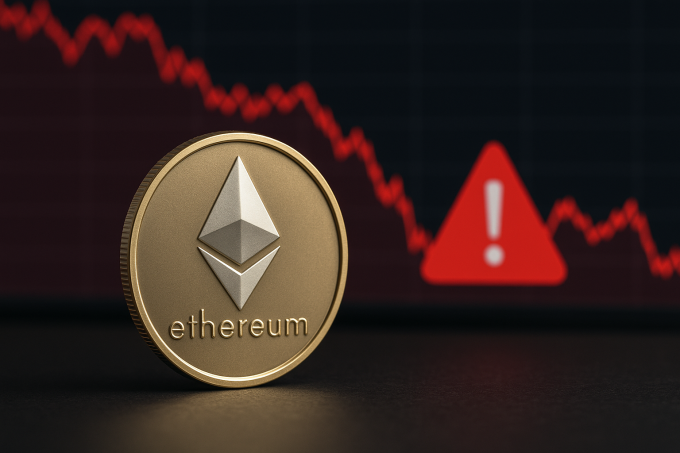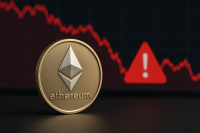The crypto market began the day with Bitcoin consolidating above the $64,000 level, while several major altcoins faced renewed selling pressure. Investors weighed macroeconomic uncertainties, including the U.S. Federal Reserve’s monetary stance and regulatory updates in Asia, against the broader appetite for risk assets. The session highlighted diverging narratives: Bitcoin’s relative resilience as a store of value and ongoing volatility in altcoins tied to emerging ecosystems.
Market Reaction: Bitcoin Stability Versus Altcoin Pressure
Bitcoin traded in a narrow range around $64,200, posting a modest 0.6% intraday gain after briefly dipping below $63,800 overnight. Trading volumes on major exchanges such as Binance and Coinbase Pro indicated muted but consistent institutional flows, suggesting that larger players are maintaining exposure despite macro headwinds. By contrast, Ethereum fell 1.8% to $3,220, pressured by profit-taking after last week’s rally. Solana (SOL) declined more sharply, dropping 3.5% to $145, amid ongoing concerns about network congestion and validator stability.
The mixed performance underscores the current bifurcation in the market: Bitcoin’s relative strength continues to attract capital inflows from hedge funds and sovereign wealth managers, while altcoins face heightened scrutiny and tactical repositioning.
Regulatory Signals Shape Short-Term Sentiment
Policy developments across key jurisdictions influenced trading activity. Reports from Asian regulators indicated renewed consideration of stricter guidelines for stablecoins, echoing earlier measures in the European Union. Tether (USDT) briefly decoupled by 0.1% on some exchanges before normalizing, reflecting heightened sensitivity to regulatory headlines. Meanwhile, the U.S. Securities and Exchange Commission is expected to deliver updates on pending spot Ethereum ETF applications by early October, a decision that could drive a significant reallocation of capital within the sector.
For professional investors, these developments highlight the need to factor regulatory timing and cross-jurisdictional risks into portfolio strategy. Market reactions suggest that any perceived delay or rejection of ETFs could weigh disproportionately on Ethereum and related tokens.
Investor Sentiment and Institutional Behavior
Derivatives markets provided additional insight into sentiment. Open interest in Bitcoin futures rose 2.3% over the past 24 hours, signaling increased positioning from leveraged traders. Funding rates across perpetual swaps remained slightly positive, reflecting cautious optimism without excessive speculative froth. By contrast, Ethereum’s futures open interest declined by 1.5%, suggesting a partial unwinding of long positions ahead of regulatory announcements.
Psychologically, institutional players appear to be prioritizing Bitcoin’s risk-adjusted returns, treating it as a quasi-macro hedge in the face of global inflationary pressures and uncertain equity markets. Retail flows, however, remain fragmented, with smaller investors rotating in and out of high-volatility tokens such as Dogecoin and Shiba Inu, which both dropped more than 4% today.
Looking ahead, the resilience of Bitcoin above the $63,000–$64,000 support range will be crucial in sustaining institutional confidence. Upcoming macro events, including U.S. inflation data releases and central bank guidance, could test the durability of this consolidation. For altcoins, regulatory clarity and improvements in network reliability will determine whether current weakness represents a temporary pullback or the start of a broader retracement. Investors should watch liquidity trends, ETF decisions, and macroeconomic indicators as key drivers of the next market phase.













Leave a comment